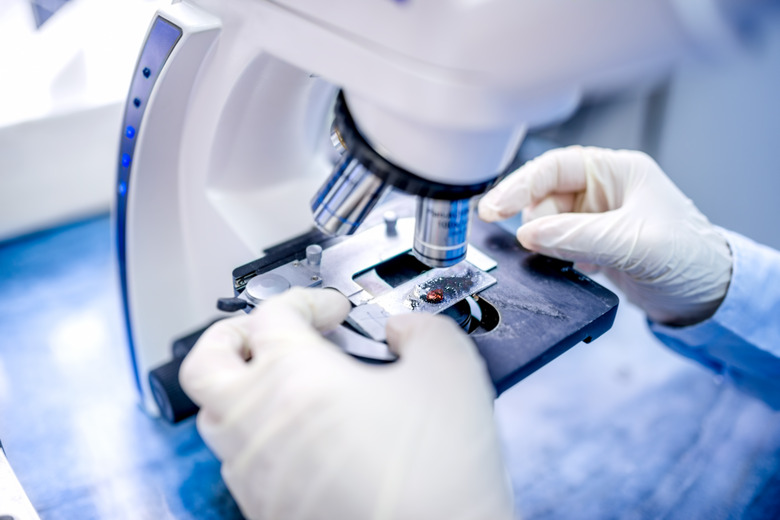List The 3 Steps That Occur During Interphase
The cell cycle has three phases that must occur before mitosis, or cell division, happens. These three phases are collectively known as interphase. They are G1, S, and G2. The G stands for gap and the S stands for synthesis. The G1 and G2 phases are times of growth and preparation for major changes. The synthesis phase is when the cell duplicates the DNA in its entire genome. The three phases of interphase also allow for checkpoints to ensure that things are working properly.
G1 Phase
G1 Phase
The G1 phase occurs right after cells have divided. During G1, a lot of protein synthesis happens in order to increase the amount of cytosol in the cell. Cytosol is the liquid inside the cell, but outside the organelles, that contains the cell's proteins. Proteins are the molecular machines that sustain the cell's day-to-day activities. The increase in cell size happens not just because more proteins are being made, but also because the cell takes in more water. The protein concentration in a mammalian cell is estimated to be 100 milligrams per milliliter.
Synthesis Phase
Synthesis Phase
During the synthesis phase, a cell copies its DNA. DNA replication is a massive effort that requires a lot of proteins. Since DNA does not exist by itself in a cell but is packaged by proteins, more packaging proteins must also be made during the S phase. Histones are proteins around which DNA wraps. The production of new histone proteins starts at the same time as DNA synthesis. Blocking DNA synthesis with a chemical drug also blocks histone synthesis, so the two processes are linked during the S phase.
G2 Phase
G2 Phase
During the G2 phase, the cell prepares to enter mitosis. The DNA has already been duplicated during the S phase, so the G2 phase is when the organelles of the cell need to duplicate. Not only will the duplicated DNA be evenly divided during cell division, but so will the organelles. Some organelles, such as mitochondria and chloroplasts, are discrete units that do not bud off from larger organelles. Discrete organelles increase in number by undergoing their own division during G2.
Checkpoints
Checkpoints
The advantage of having three phases in interphase is that it allows time for preparations for mitosis to happen in an orderly fashion. It also allows time to check that things are happening as they should. Three checkpoints exist during interphase, during which the cell makes sure that everything has gone as planned and, if needed, fixes errors. The G1-S checkpoint at the end of the G1 phase makes sure that the DNA is intact and that the cell has enough energy to enter the S phase. The S phase checkpoint makes sure that DNA is replicated correctly without any breakages. The G2-M checkpoint at the end of the G2 phase is another safeguard in case something happens to the DNA or cell before it undergoes the massive task of dividing.
References
- University of Oregon: Interphase
- PLOS One: Protein Diffusion in Mammalian Cell Cytoplasm
- Molecular and Cellular Biology: Coupling of DNA synthesis and histone synthesis in S phase independent of cyclin/cdk2 activity
- Molecular Cell Biology: Checkpoints in Cell Cycle Regulation
- Noguchi Laboratory: The Cell Cycle and Checkpoint Controls
Cite This Article
MLA
Ph.D., David H. Nguyen,. "List The 3 Steps That Occur During Interphase" sciencing.com, https://www.sciencing.com/list-3-steps-occur-during-interphase-17577/. 29 May 2019.
APA
Ph.D., David H. Nguyen,. (2019, May 29). List The 3 Steps That Occur During Interphase. sciencing.com. Retrieved from https://www.sciencing.com/list-3-steps-occur-during-interphase-17577/
Chicago
Ph.D., David H. Nguyen,. List The 3 Steps That Occur During Interphase last modified August 30, 2022. https://www.sciencing.com/list-3-steps-occur-during-interphase-17577/
